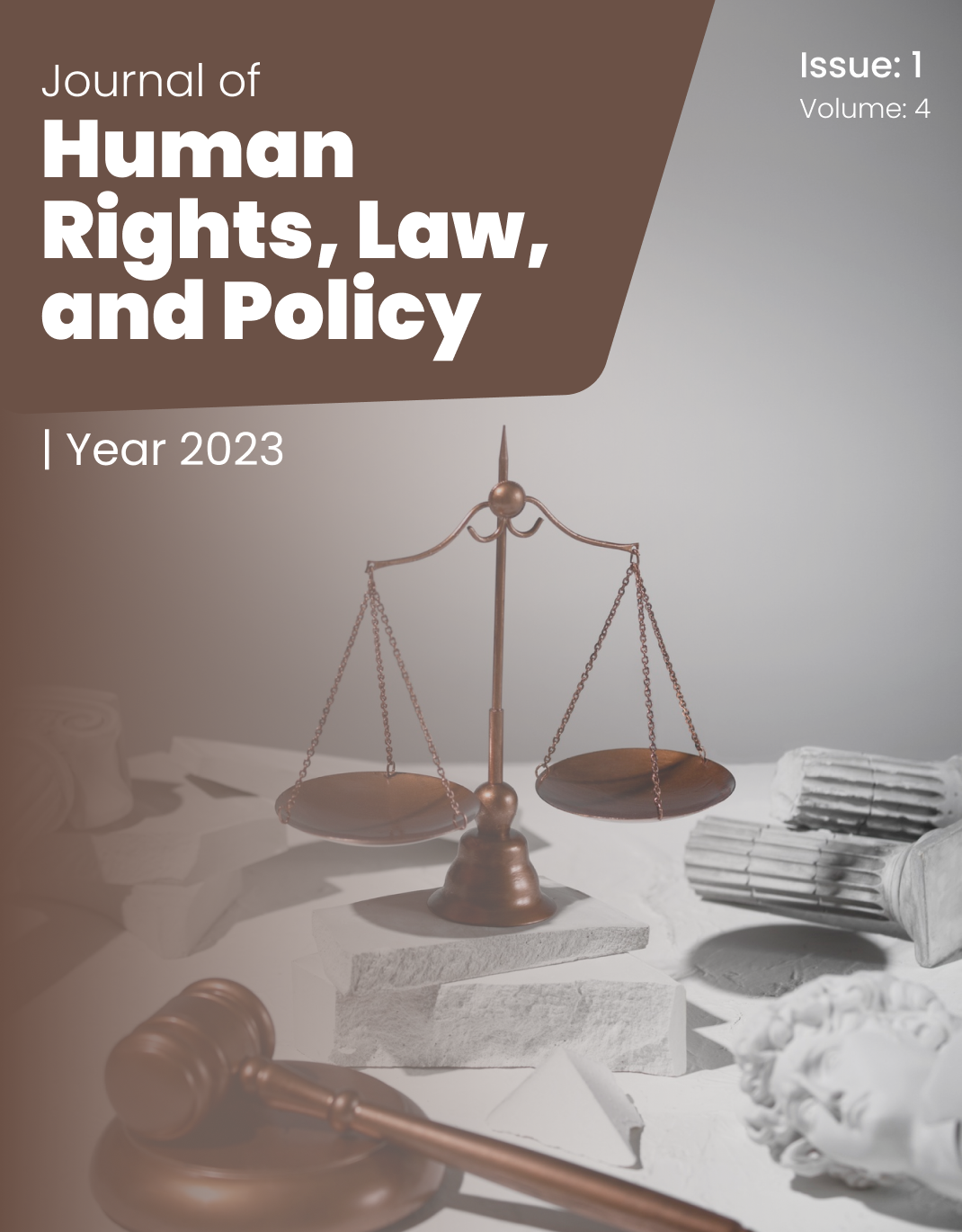Strategies for Navigating Legal Repression in Student Activist Movements
Keywords:
student activism, legal repression, qualitative research, digital resistance, Iran, emotional resilience, civil society, authoritarianism, tactical adaptationAbstract
This study aims to explore the strategies employed by student activists in Tehran to navigate and resist legal repression while maintaining their political engagement and collective organizing efforts. Using a qualitative research design, data were collected through semi-structured interviews with 24 student activists based in Tehran. Participants were selected through purposive sampling to ensure they had firsthand experience with legal repression. Interviews continued until theoretical saturation was reached. All interviews were audio-recorded, transcribed verbatim, and analyzed thematically using NVivo software. Thematic coding followed Braun and Clarke’s six-phase framework, identifying patterns of resistance and adaptation in response to legal constraints. Analysis revealed four major themes reflecting the strategic responses of student activists: (1) adaptive communication practices, including encrypted messaging, offline coordination, and misleading digital content; (2) legal literacy and defensive tactics, such as peer legal education, strategic ambiguity, and engagement with NGOs; (3) psychological and emotional resilience, including peer support, identity affirmation, and emotional regulation strategies; and (4) organizational and strategic flexibility, demonstrated through decentralized leadership, tactical mobility, and intergenerational knowledge transfer. These strategies reflected a sophisticated, context-specific approach to navigating surveillance, arrest risk, and institutional backlash. The study highlights the dynamic and resilient nature of student activism under conditions of legal repression. Rather than retreating, activists develop multifaceted tactics that integrate legal knowledge, emotional sustainability, and structural adaptability. These findings challenge assumptions about repression as a solely deterrent force and suggest that legal constraints often catalyze innovation in activist practice. The study contributes to the broader literature on contentious politics by illuminating micro-level mechanisms of resistance and the enduring agency of student activists in repressive contexts.
Downloads
References
Afshari, R. (2011). Human rights in Iran: The abuse of cultural relativism. University of Pennsylvania Press.
Altbach, P. G. (1989). Perspectives on student political activism. Comparative Education, 25(1), 97–110. https://doi.org/10.1080/0305006890250109
Bayat, A. (2013). Life as politics: How ordinary people change the Middle East (2nd ed.). Stanford University Press.
Butler, J. (2019). The force of nonviolence: An ethico-political bind. Verso Books.
Carey, S. C. (2006). The dynamic relationship between protest and repression. Political Research Quarterly, 59(1), 1–11. https://doi.org/10.1177/106591290605900101
Chenoweth, E., & Stephan, M. J. (2011). Why civil resistance works: The strategic logic of nonviolent conflict. Columbia University Press.
Davenport, C. (2007). State repression and the domestic democratic peace. Cambridge University Press.
Deibert, R. (2020). Reset: Reclaiming the internet for civil society. House of Anansi.
Earl, J. (2011). Political repression: Iron fists, velvet gloves, and diffuse control. Annual Review of Sociology, 37, 261–284. https://doi.org/10.1146/annurev-soc-081309-150141
Feldstein, S. (2019). The global expansion of AI surveillance. Carnegie Endowment for International Peace. https://carnegieendowment.org/2019/09/17/global-expansion-of-ai-surveillance-pub-79847
Gordon, J., & Bertram, L. (2018). Law, violence, and resistance: Decolonizing legal studies. Journal of Law and Social Policy, 29, 1–22.
Gould, D. B. (2009). Moving politics: Emotion and ACT UP’s fight against AIDS. University of Chicago Press.
Human Rights Watch. (2022). Iran: Arrests, harassment of student activists surge. https://www.hrw.org/news/2022/12/15/iran-arrests-harassment-student-activists-surge
Khosravi, S. (2017). Precarious lives: Waiting and hope in Iran. University of Pennsylvania Press.
Levitsky, S., & Way, L. A. (2010). Competitive authoritarianism: Hybrid regimes after the Cold War. Cambridge University Press.
Merriam, S. B., & Tisdell, E. J. (2015). Qualitative research: A guide to design and implementation (4th ed.). Jossey-Bass.
Milan, S. (2015). Mobilizing in a hybrid media environment: Internet affordances and collective action. Journal of Computer-Mediated Communication, 20(6), 683–698. https://doi.org/10.1111/jcc4.12163
Schedler, A. (2006). Electoral authoritarianism: The dynamics of unfree competition. Lynne Rienner Publishers.
Tilly, C., & Tarrow, S. (2015). Contentious politics (2nd ed.). Oxford University Press.
Tufekci, Z. (2017). Twitter and tear gas: The power and fragility of networked protest. Yale University Press.
Zuboff, S. (2019). The age of surveillance capitalism: The fight for a human future at the new frontier of power. PublicAffairs.
Downloads
Published
Submitted
Revised
Accepted
Issue
Section
License

This work is licensed under a Creative Commons Attribution-NonCommercial 4.0 International License.

